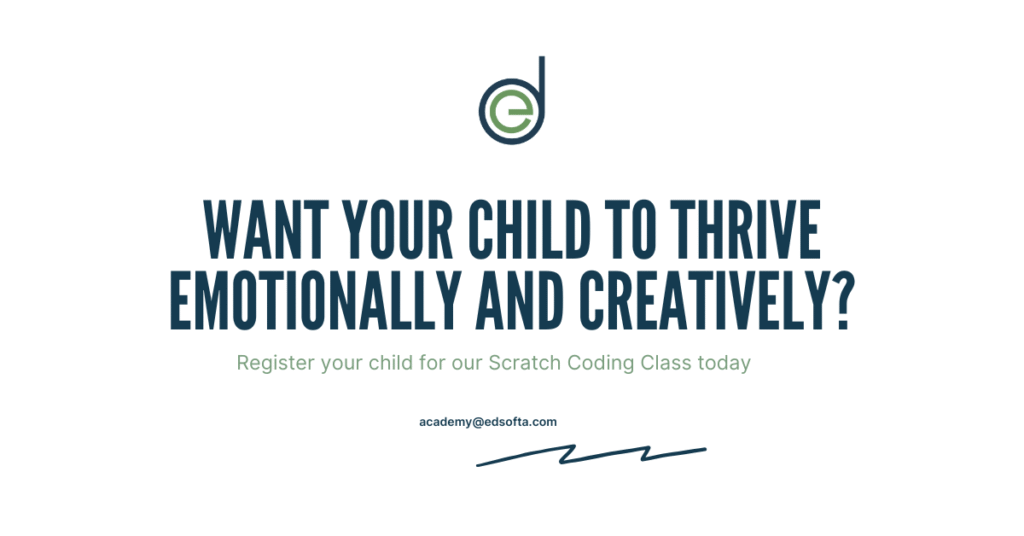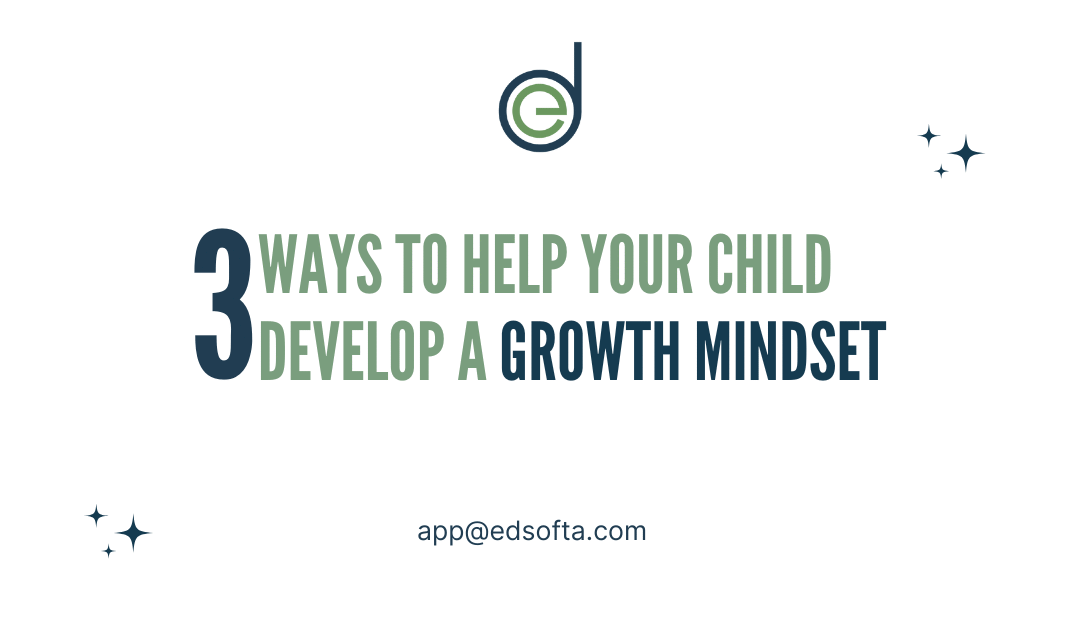As parents, one of our greatest responsibilities isn’t just providing for our kids, but shaping how they see the world. More than toys or even good grades, their mindset will determine how they handle life’s challenges, relationships, and opportunities. So what kind of mindset do we want them to have? A growth mindset.
It’s the belief that effort matters more than talent, that failure is part of learning, and that challenges can help us grow. Kids with a growth mindset are more confident, resilient, and emotionally intelligent. The good news? It’s something every parent can help their child develop, starting today.
Let’s explore three powerful, practical ways you can nurture this mindset at home.
1. Teach Them to See Possibilities, Not Problems

Every day, our kids face situations that could either feel overwhelming or empowering. A failed test. A lost game. A disagreement with a friend. These are real and difficult moments. But what your child focuses on in those moments will shape their mindset.
Instead of asking, “Why did this happen to me?” teach your child to ask, “What can I learn from this?”
For example, when your child struggles with a math topic, instead of saying “I’m not good at math,” help them reframe it:
“You’re just not good at it YET. But let’s try another way of learning it together.”
This small language shift builds resilience. Kids start to see that effort leads to improvement, and that making mistakes is not a sign of failure, but a stepping stone to growth.
2. Practice Gratitude Together Every Evening

Gratitude is one of the simplest yet most powerful tools for developing a growth mindset. Why? Because it shifts a child’s attention from what went wrong to what went right.
When kids learn to notice the good around them, no matter how small, they become more optimistic, emotionally balanced, and connected to others.
You can start this with a simple 5-minute gratitude journal each evening. Sit with your child and ask:
- What made you smile today?
- What are you thankful for?
- What would you love to do again tomorrow?
This habit trains their brain to focus on positivity and possibility.
Let’s say your child had a tough day at school. Instead of dwelling on it, gratitude helps them reflect:
“Even though I forgot my homework, I’m thankful my friend helped me catch up after class.”
Over time, these daily reflections build emotional intelligence and resilience. And the best part? You’re doing it together.
3. Use Creative Tools Like Scratch to Build Confidence

Beyond gratitude and positive thinking, kids also need hands-on experiences that help them develop persistence, problem-solving, and self-expression. That’s where tools like Scratch come in.
Scratch is a visual programming platform designed for children. It lets them build animations, games, and interactive stories by piecing together code blocks like a digital puzzle. But more importantly, it helps them practise key growth mindset principles in real time.
For example:
- When their code doesn’t work, they learn to debug (instead of giving up).
- When a project feels too big, they break it into smaller steps.
- When they finally get it right, the sense of achievement is enormous.
As a parent, you don’t need to be a tech expert to support your child. Just by cheering them on, asking them to explain their project, or watching them proudly share what they’ve built, you’re reinforcing the idea that effort and curiosity are what lead to growth.
Bonus: Model It Yourself
Children learn more from what we do than what we say.
So the next time you face a challenge, maybe a work setback or a stressful day, share the experience with your child in an age-appropriate way.
“I didn’t get everything done today, but I’ll try a better plan tomorrow.”
This shows your child that even adults are still learning and growing. It normalises failure, celebrates progress, and deepens your connection with them.
Start Small, But Start Today
Helping your child develop a growth mindset doesn’t require fancy tools or a lot of time. Just consistency, presence, and encouragement.
So, how can you begin?
- Start that 5-minute gratitude practice tonight.
- Watch your child’s language and gently help them reframe.
- Give them the opportunity to create, fail, try again, and succeed, with tools like Scratch.
Ready to Watch Your Child Grow?

If you’re looking for a fun, engaging way to help your child build confidence, creativity, and a growth mindset, register them for our Scratch Coding Classes today!
They’ll learn how to solve problems, express ideas through code, and discover that the process matters just as much as the result.
Let’s raise kids who don’t fear mistakes, but learn from them, kids who don’t give up but grow through the challenge.




